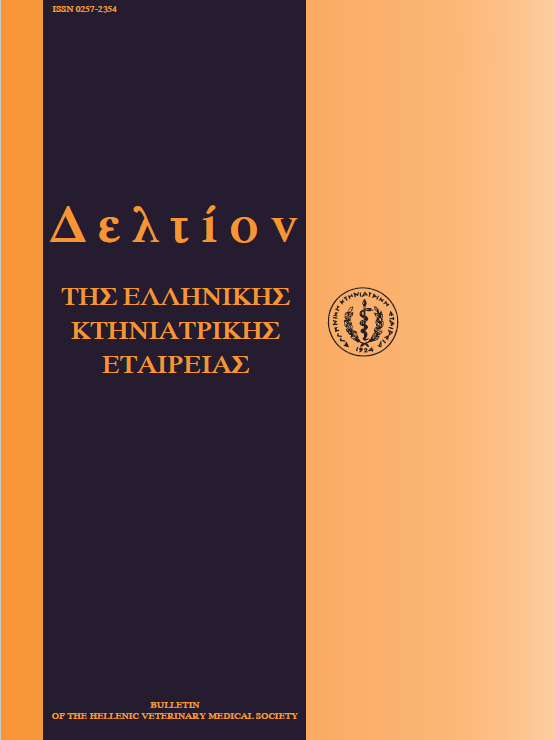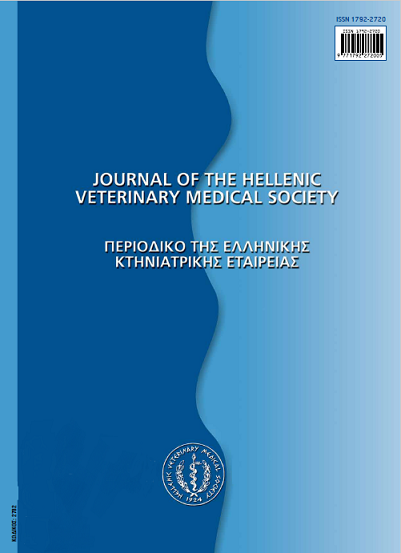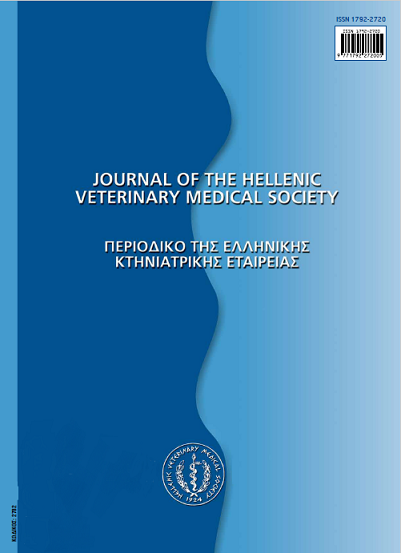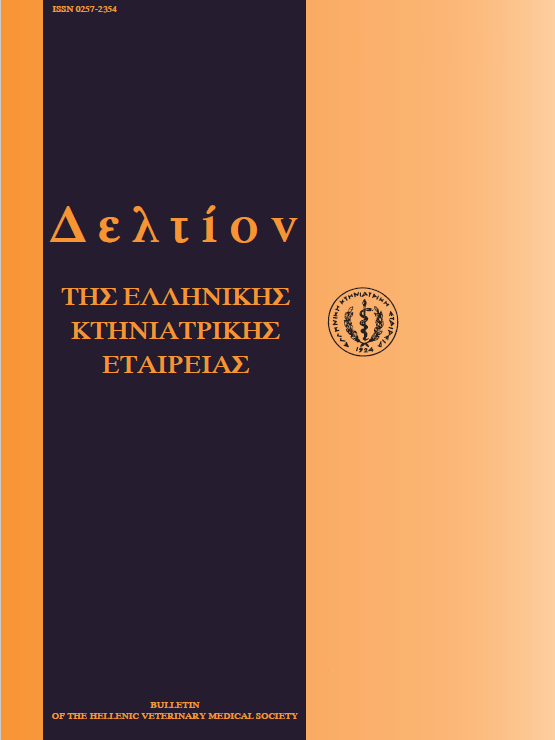Sugar profile determination of four pure Greek honeys by gas-chromatography

Abstract
Honey sugar determination was performed by using a combination of two methods (Iverson & Bueno, 1981 and Pierce no. 16, 1990) with some modifications. The proposed by Pierce method no.16, has been designed to assist in the routine determination of sugars in food products and syrups. Sugars are treated with hydroxylamine hydrochloride and the resulting oximes are converted to trimethylsilyl ethers by direct silylation with TMS. The derivatives are then determined by gas-chromatography with flame ionization detector and sugar oxime-TMS derivatives are quantitative and reproducible. This reaction is fast and simple, the results are quantitatively reproducible and multiple peaks due to the tautomeric forms of reducing sugars, which produced by direct TMS derivatization, are eliminated. From the honey samples analyzed it has been determined that only fir-tree honey contains trisaccharides with higher percentages that of melezitose.
Article Details
- How to Cite
-
TYRPENOU (Α.Ε.ΤΥΡΠΕΝΟΥ) A. E. (2018). Sugar profile determination of four pure Greek honeys by gas-chromatography. Journal of the Hellenic Veterinary Medical Society, 52(4), 317–324. https://doi.org/10.12681/jhvms.15464
- Issue
- Vol. 52 No. 4 (2001)
- Section
- Research Articles

This work is licensed under a Creative Commons Attribution-NonCommercial 4.0 International License.
Authors who publish with this journal agree to the following terms:
· Authors retain copyright and grant the journal right of first publication with the work simultaneously licensed under a Creative Commons Attribution Non-Commercial License that allows others to share the work with an acknowledgement of the work's authorship and initial publication in this journal.
· Authors are able to enter into separate, additional contractual arrangements for the non-exclusive distribution of the journal's published version of the work (e.g. post it to an institutional repository or publish it in a book), with an acknowledgement of its initial publication in this journal.
· Authors are permitted and encouraged to post their work online (preferably in institutional repositories or on their website) prior to and during the submission process, as it can lead to productive exchanges, as well as earlier and greater citation of published work.






